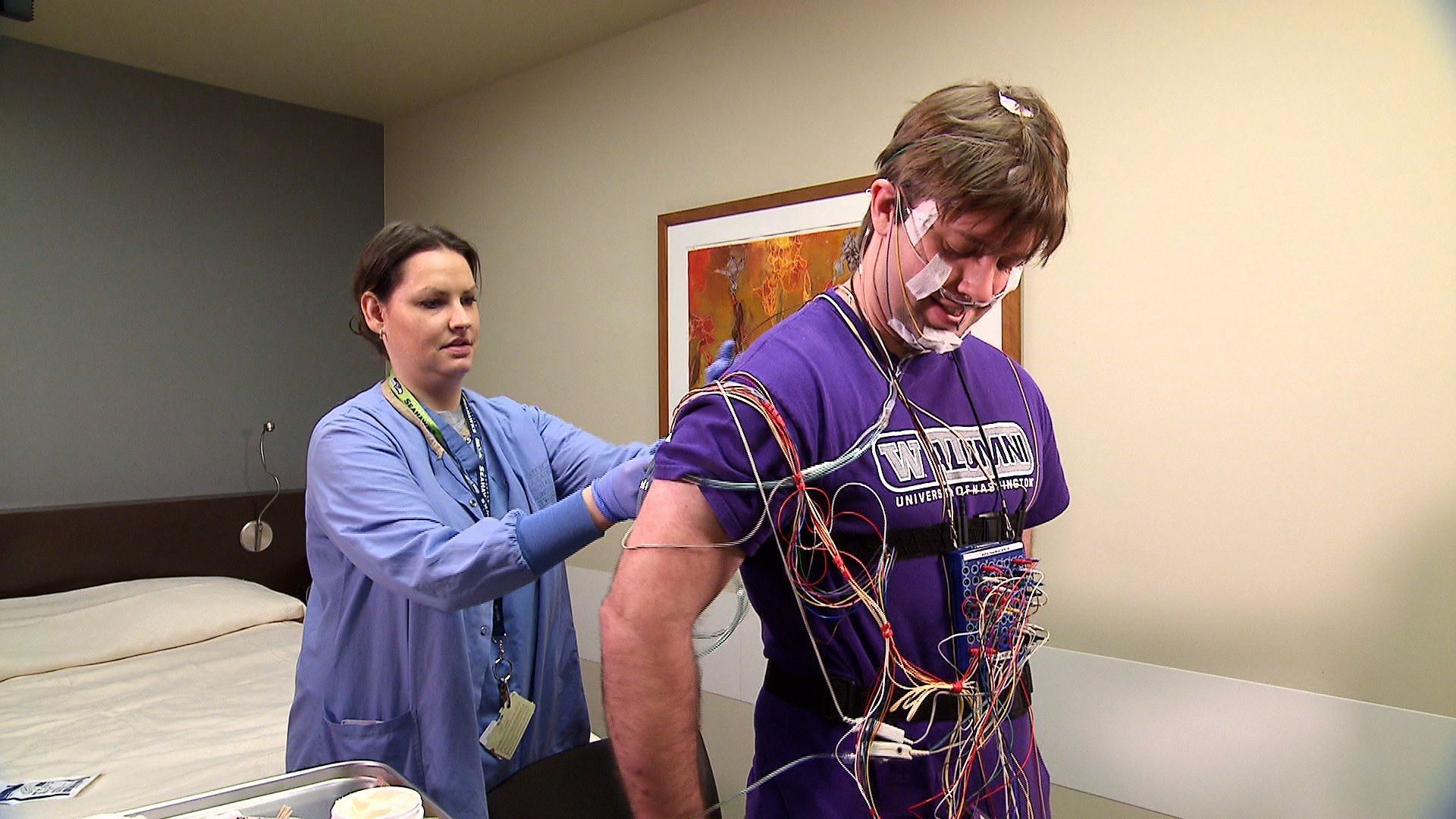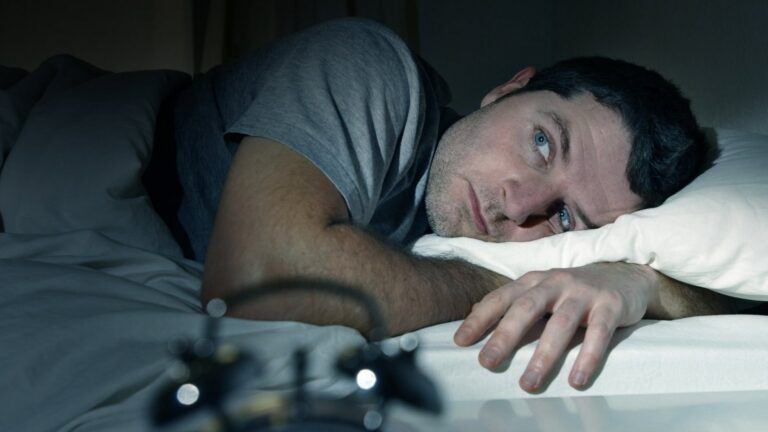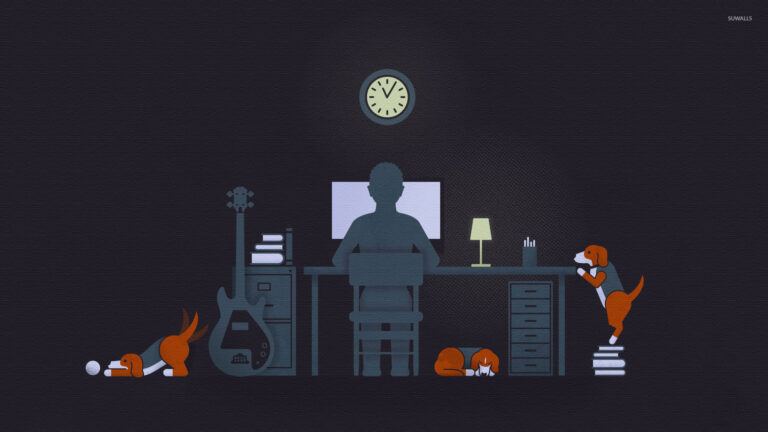Does Down Syndrome Affects Sleep Disorders?
Does Down Syndrome affect sleep disorders?
Many parents say that their children’s sleep is a serious problem.
It is very difficult to find really useful advice on how to deal with these difficult situations.
In addition to disturbing the rest night of parents and other family members, issues related to sleep can seriously affect the child’s and parents’ ability to properly exercise their functions the next day.
In the case of a Down Syndrome child, learning can be affected and behavioral problems can also arise.
These effects are perhaps even more important to be recognized in children with learning disabilities, as they can add a new difficulty to existing developmental problems.
Are sleep problems common?
There is a wide range of sleep problems.
However, the most common questions are two.
The first is the difficulty in putting the child to sleep, which affects at least 20% of boys and girls between 1 and 2 years of age in the general population.
The second is having to deal with children who wake up repeatedly during the night, soliciting their parents’ attention.
This issue occurs in about 25% of this same age group of children.
These numbers are higher in children with learning disabilities.
About half of children with Down syndrome have sleep problems and this number can reach 80% in children with other intellectual disabilities.
Types of sleep problems
Virtually all problems that occur in children in the general population are also seen in those with Down syndrome and other learning disabilities.
There are no sleep problems that are specific to this group.
However, children with Down syndrome may be more likely to develop certain types of sleep disorders.
Some sleep problems have physical causes, others have a behavioral basis. Some are more likely to occur at certain ages.
Certain sleep disorders can appear during childhood and, if left untreated, persist for most of adult life.
Behavioral sleep problems are among the most common in children, including those with Down syndrome.
They include difficulty putting the child to sleep, waking up at night repeatedly, waking up very early, and insisting on sleeping with the parents.
There are many ways in which these problems can develop, varying from child to child. In some cases, she may have behavioral problems and sleep disturbances are just one more aspect of this issue.
In other children, the presence of a physical or medical problem (such as an earache or other painful condition) can disrupt sleep.
Most commonly, some children are unable to sleep at night and often wake up as a result of never having learned to fall asleep without their parents.
Obstructive sleep apnea
Studies consistently show that children with Down syndrome are more susceptible to obstructive sleep apnea than the rest of the population.
This is because several physical characteristics associated with the syndrome – looser muscles in the throat, amygdala, and large adenoids and less air through the upper airways – facilitate the occurrence of apnea.
The characteristics of sleep apnea that can be observed at night include a combination of
– loud snoring, coughing, wheezing;
– restless sleep (when the child moves a lot, it is advisable to place a protective grid next to the bed so that it does not fall on the floor);
– sleep with your head tilted backward (to try to open the air passage);
– other abnormal sleeping positions (for example, lying on your legs, a position known as “laptop”, very common in children with Down syndrome due to its great flexibility);
– several interrupted breaths;
– excessive sweating;
– bedwetting.
However, these behaviors can also happen in the absence of obstructive sleep apnea and therefore careful evaluation is necessary
Combination of physical and behavioral sleep problems
Some children can have physical and behavioral sleep problems at the same time, and one may perpetuate the other.
The physical problem usually needs to be addressed before the behavioral one. Other sleep disorders
Control of sleep problems
Before being able to control a sleeping problem, it is advisable to carefully describe the symptoms from a sleep diary, which should be kept for a week or, preferably, two.
If you need to seek help from health professionals, this information will be very valuable.
The type of treatment needed for the sleep problem depends on the specific nature of the issue.
Asleep problems with a physical cause, such as obstructive sleep apnea, will call for a very different type of approach than, say, a problem related to establishing a routine for sleeping or waking up at night.
Medication
Medications for sleep problems may be prescribed by doctors, but their effectiveness is limited.
Recently, there has been much interest in the use of melatonin in the treatment of sleep problems in children, including those with developmental disabilities, visual impairments, attention deficit hyperactivity disorder, and autism spectrum disorders.
some of this research has shown beneficial effects of the substance. However, further studies are needed to comprehensively understand the effectiveness of this treatment line, especially in the case of children with Down syndrome.
Behavioral approaches
More specific and individualized behavioral approaches are necessary for some types of sleep disorders. Here are the main tips for the most common problems.
Establish a sleep routine
It is necessary to establish, as early as possible in the child’s life, a routine for bedtime.
This routine should be followed at the same time each night, and include a moment of relaxation, with pleasant activities such as taking a shower, having a hot drink, or listening to a story.
Only after that should the child be put to bed.
The activity agitation should be gradually reduced over the hours, avoiding, for example, lively games in the early evening.
If the same routine is followed every day, children learn to associate it with bedtime. It is important to teach children to sleep alone from an early age.
Failure to do so can lead to sleep problems later. It is essential that the baby sleeps in his own bed and not in another place, such as in front of the TV or in his parents’ bed.
If your child has become accustomed to only falling asleep in her presence, there are two methods for teaching him to sleep alone, described below.
Verification method
If, when you put the child to sleep in bed, he or she accepts calmly, leave the room.
If she starts to cry, come back after five minutes (unless the crying is very uncomfortable) and, gently but firmly, take her back to bed with as little physical contact as possible.
Exit again. If she continues to cry, come back, but increase the time intervals.
You may need to come back several times in the first few nights, but this will decrease throughout the process, until the time when the child finally goes to sleep quickly alone.
Gradual withdrawal method
Another alternative is to gradually increase the distance between you and the child on successive nights (for example, start by standing on the edge of the bed or crib, then stay a little further back, at the bedroom door, outside the bedroom) until that her presence is no longer necessary for her to fall asleep.
This alternative takes longer to work than the verification method, but it is more acceptable to many parents because it involves less crying.
Rewards and incentives accelerate the learning process. But there are two basic rules:
- Do not at any time suspend a reward after having offered it.
- Do not give in to bargains to get the behavior you want or go back on your word. There are other points worth bearing in mind:
- Leaving a lamp on and offering the child something to comfort him, such as a doll or blanket, can be a good idea to help him sleep if, for example, the child is afraid of the dark.
- Late afternoon naps should be avoided to ensure that the child is really asleep when going to bed.
- To set an earlier time to sleep, you can gradually go ahead with the sleep routine by 15 minutes, over successive nights, until you reach the desired bedtime.
Wake up early
If the fact that your child wakes up too early and asks for their parents’ attention, or makes a lot of noise, is a problem, follow the tips below.
- Whenever possible, try to encourage her to go back to sleep and avoid encouraging her to stay awake, for example, by avoiding noisy activities.
- Decrease light, noise, and any other external stimuli to reduce the chance of your child waking up early.
- Praise if the child stays in his own bed, entertaining himself, until a reasonable time.
- Sometimes children need to sleep fewer hours than they think. In that case, try to gradually delay bedtime until they wake up later.
- It is better to avoid naps in the morning
Recommendations
If you are concerned about your child’s sleep, contact your doctor or pediatrician. Health professionals know how to recognize the types of issues that we should pay attention to, in particular:
- Health professionals should routinely ask about sleep problems, both of behavioral and physical origin, not only because of the immediate suffering that the problem can cause to the child and other family members but also because the treatment of the sleep problem can be beneficial to the child’s learning and behavior.
It is essential that the pediatrician, or another appropriate health professional, always ask about the child’s bedtime, the number of hours, and the quality of sleep at night.
Parents, in general, do not perceive, or do not give much importance, to the symptoms of sleep disorders and are not in the habit of reporting them to the pediatrician.
Therefore, it is up to the doctor to have a very active posture in this regard.
- One should always be aware of the possibilities of serious sleep disorders in children with Down syndrome.
Appropriate psychological, physiological, and clinical investigations should be available.
Appropriate treatment for each particular case should be provided as early as possible, which can benefit the child and the whole family.
N.D. (2020). For Families and Carers: Sleep [Online]. Available at: https://www.downs-syndrome.org.uk/for-families-and-carers/growing-up/sleep/ (accessed May 15th, 2021).







